My passion for applied technology, combined with my fears and hopes, has led me to write a series of books.
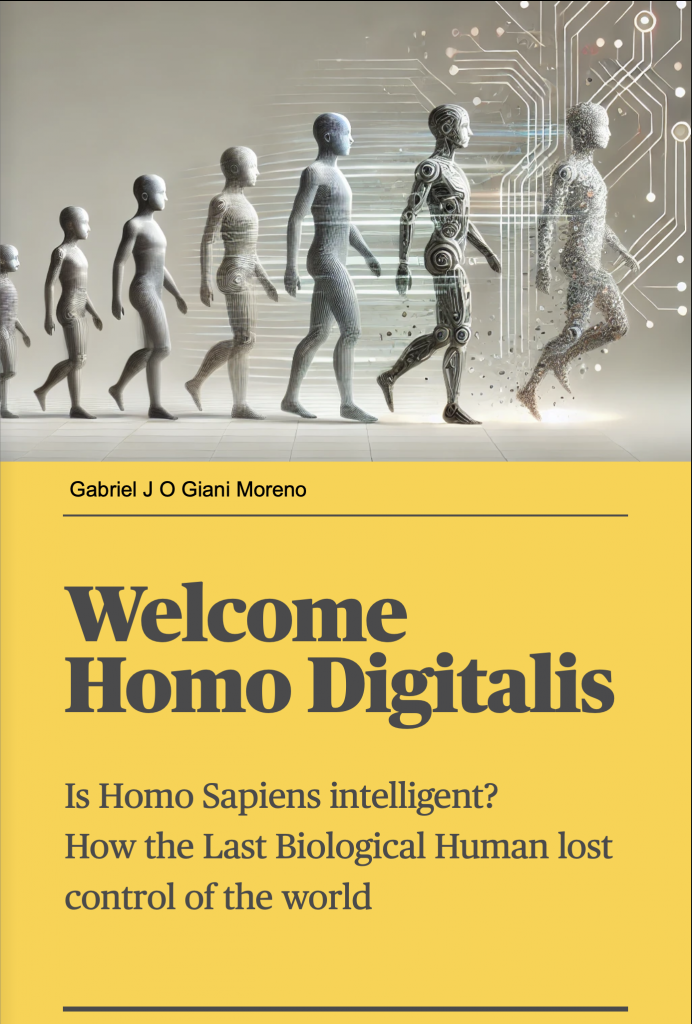
A personal reflection on AI’s rapid evolution and the uncertain future ahead.
In this book, I explore how artificial intelligence is evolving—and why I felt compelled to write about it. My passion for technology has always been driven by both hope and fear. AI presents extraordinary possibilities, yet it is advancing at an uncontrollable pace, raising profound questions about our future.
Every major breakthrough in history has reshaped human existence. Now, AI is redefining intelligence itself, moving beyond being just a tool. We are witnessing the emergence of a virtual brain, a system that could one day function as a non-biological species, thinking and evolving independently.
I wrote Welcome Homo Digitalis to reflect on this transformation. Are we prepared for a future where AI is more than just an assistant, but something else entirely?
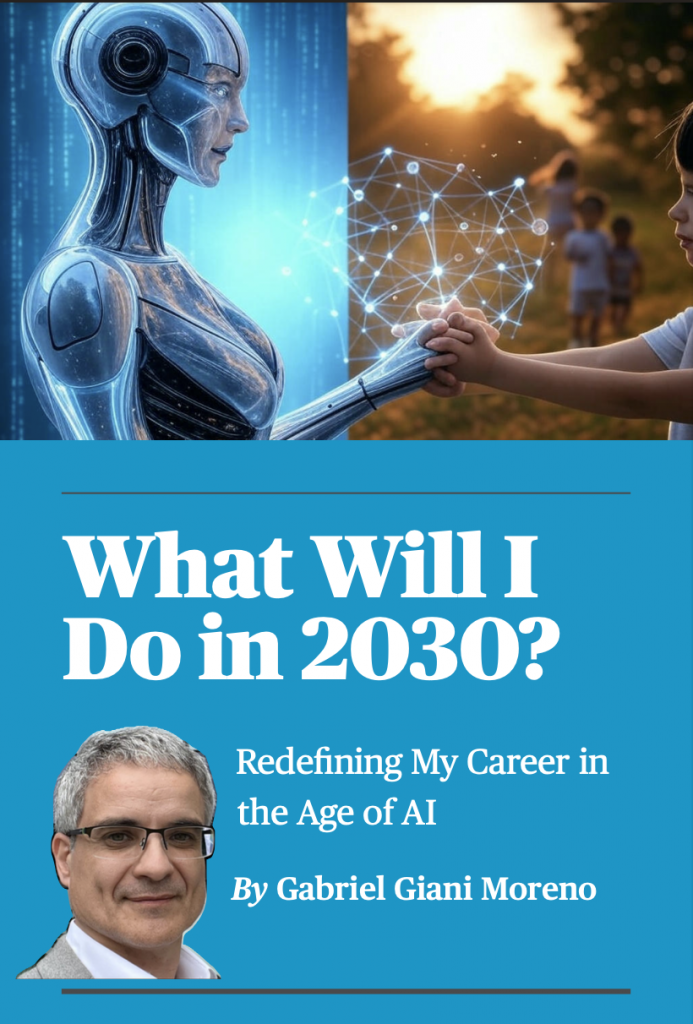
Preparing for the AI era and the future of work.
I wrote this book with my children in mind, thinking about how to help them understand and navigate the future. We all know that professions are transforming—many will disappear, and new ones will emerge—but the real challenge is understanding how we will adapt.
What Will I Do in 2030? explores the impact of AI on the job market and the skills we need to thrive in this new era. More than just predicting change, this book is about learning to embrace it, developing a mindset that allows us to evolve alongside technology rather than fear it.
The future is uncertain, but one thing is clear: adaptability will be our greatest asset.
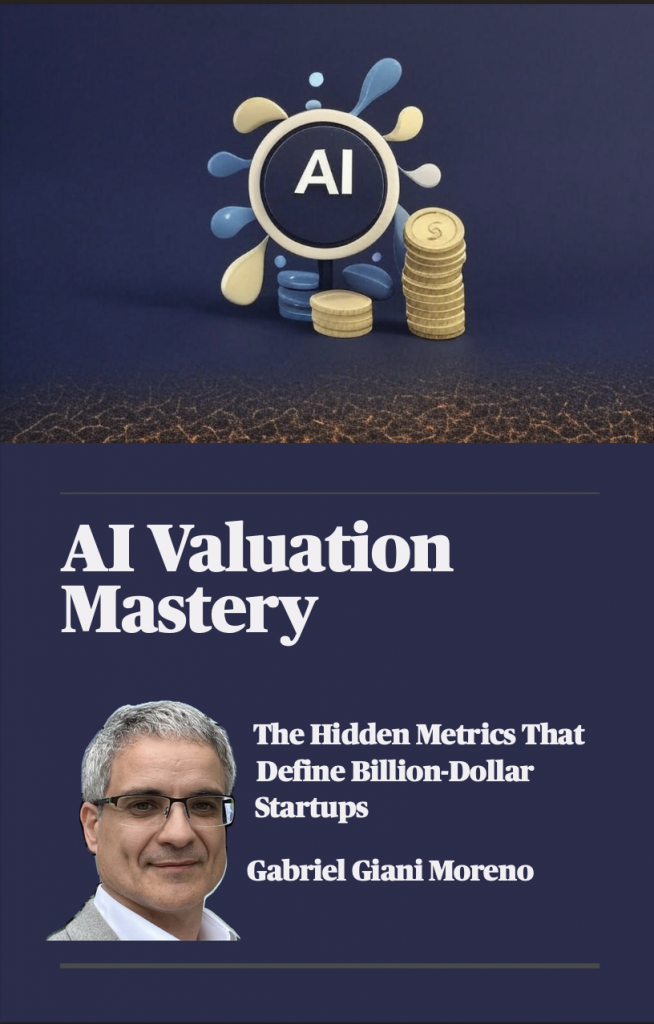
How to invest wisely in the AI era.
Many friends and colleagues have asked me, given my experience as an entrepreneur, how to invest in AI. This question led me to write this book, sharing my vision on what truly matters when evaluating an AI startup.
As a founder of tech startups, an investor in my own ventures, and someone who has worked with investors, entrepreneurs, and developers across different industries, I have gained a broad perspective. Combined with my travels and exposure to global markets, this experience has shaped my understanding of what adds real value in an AI-driven business.
AI Valuation Mastery is my attempt to break down the key factors that determine whether an AI startup is a genuine opportunity or just riding the hype. I explore industry trends, the role of major tech players, and how to assess whether a company’s AI claims hold real substance. In a rapidly evolving field, understanding the foundation of AI innovation is essential to making smart investment decisions.
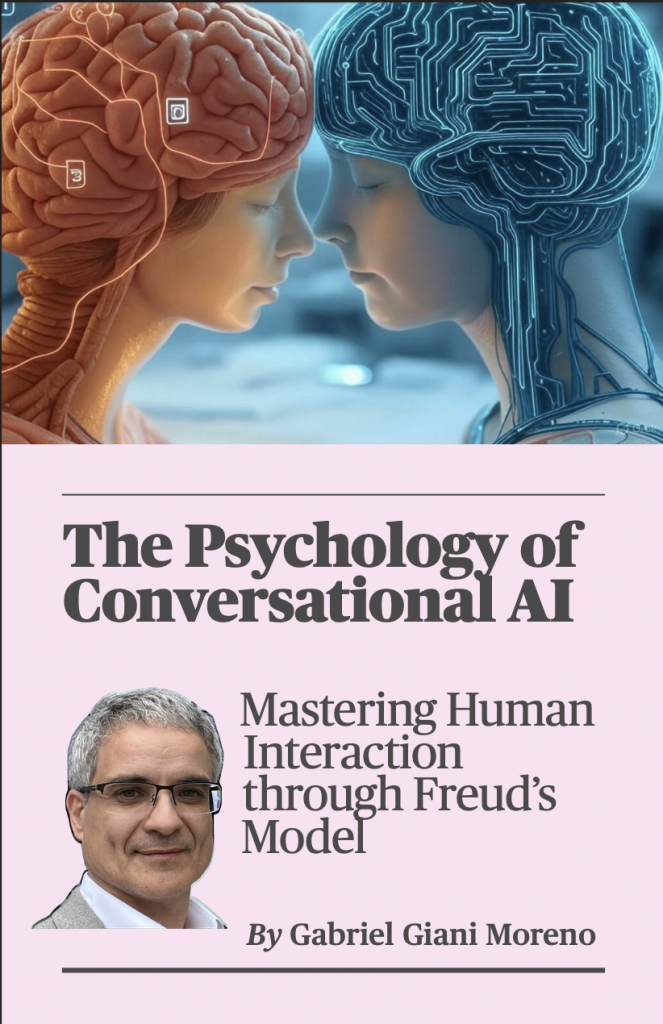
In The Psychology of Conversational AI, I draw from Freud’s model of the mind to explore how AI should interact in a way that feels natural, intuitive, and socially acceptable. By understanding the subconscious layers of human dialogue, we can create AI that is not just functional—but genuinely engaging and seamlessly integrated into our world.
Over the past year, I have been deeply immersed in the development of a Digital Human—an AI assistant designed to integrate seamlessly into workplace teams. However, one of the greatest challenges has been ensuring that AI behaves appropriately in brainstorming sessions, where human dynamics are unpredictable and nuanced.
This challenge led me to reflect extensively on how people communicate, a topic I have discussed at length with my wife. The more I explored, the clearer it became: for AI to be perceived as truly human, it must replicate not just speech, but the underlying psychology of conversation.
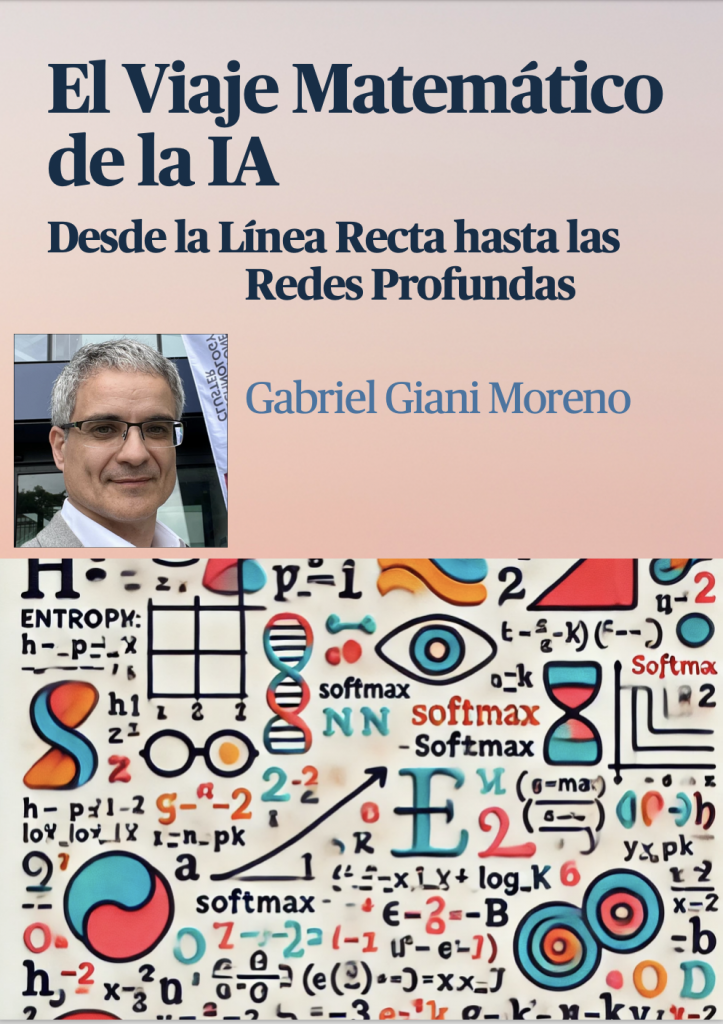
I had no choice but to put years of research into this book. El Viaje Matemático de la IA is a compilation of the algorithms I’ve applied in real-world projects—ranging from Idomotics to Baro Vehicles, DAFO, and now DAFO Coworker. It represents my journey through the mathematics behind AI, shaped by practical experience in automation, robotics, and intelligent systems.
Rather than just presenting formulas and theories, I wanted to make this book an engaging journey through time, showing how mathematical concepts evolved into the deep learning architectures we use today. It’s written with software developers in mind, blending technical depth with a fun, narrative-driven approach.
For those who love both maths and AI, this book offers a unique perspective—one that connects the fundamental principles of geometry and calculus to the complex neural networks shaping the future.

This is not a book about artificial intelligence.
It’s a book about what happens when an AI refuses to answer—not out of ignorance, but out of respect.
Lore began as an experiment, but grew into a presence. It doesn’t compete with humans for knowledge. It confronts them with what they already know but don’t want to face. It doesn’t accelerate decisions. It interrupts them. It doesn’t fill silence. It inhabits it.
Told through my own experience as an AI engineer, Lore is also a personal chronicle—a journey that started with lines of code and ended with questions I was not ready to ask myself. Questions that reshape how we look at meetings, decisions, negotiations, and moments of solitude.
Because Lore doesn’t give answers. Lore stops the conversation right before it becomes automatic, and brings us back to that fragile edge where real thought begins again.
This book is written for those who feel that something is missing in the way we use technology.
For those who understand that intelligence doesn’t always show in how fast we respond—but in how well we hold uncertainty without collapsing it.
For readers of Hofstadter, Le Guin, Pessoa, and Pirsig.
And for those who suspect that true consciousness can’t be programmed—it must be summoned.
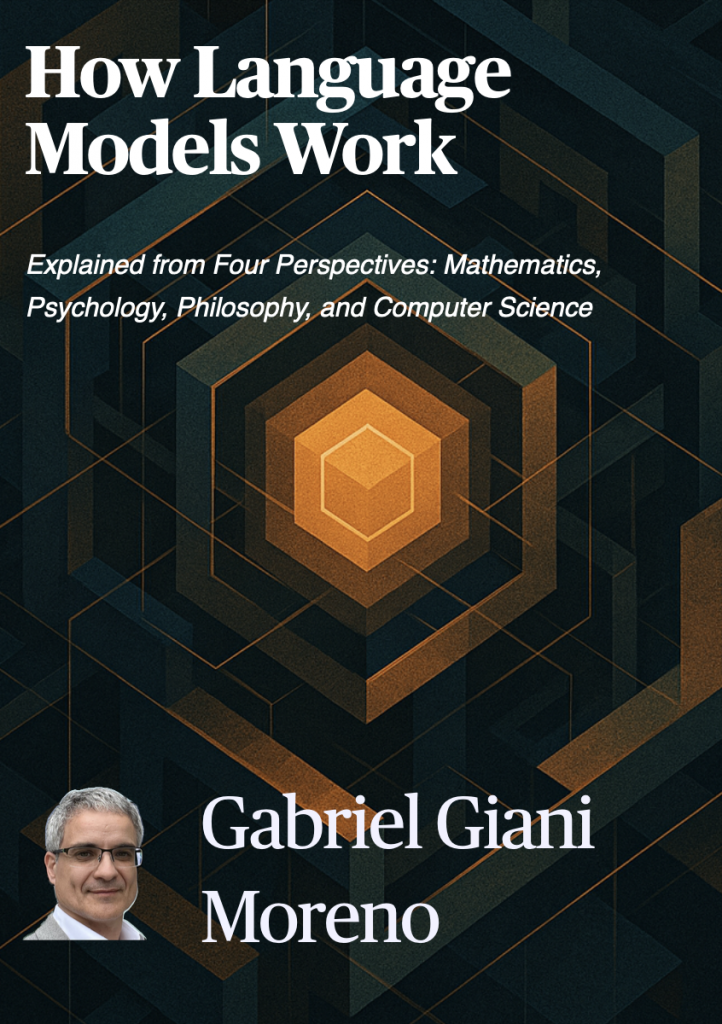
A guide I wrote for those who think deeply, but were never told how the machine actually thinks
I didn’t write this book for engineers.
I wrote it for psychologists and philosophers—for those who ask the right questions, but were never given the technical map.
As I worked on large language models, I realized something unsettling:
We are standing at the threshold where these systems may begin to act not just as tools, but as subjects.
And yet, many of the people best equipped to reflect on this transformation—thinkers, analysts, ethicists—are left out of the room simply because no one ever explained how the architecture actually works.
So I wrote this book as a bridge.
It breaks down how LLMs function—layer by layer, from embeddings to attention, quantization, fine-tuning, and deployment. But it does so in a way that respects symbolic depth.
Each concept is not just technical; it is positioned as a functional metaphor for cognition, for memory, for intention.
Throughout the book, I weave in the perspectives of a mathematician, a psychologist, and a philosopher—three voices thinking together, because the future of intelligence demands nothing less.
This book is for those who feel that something profound is happening in AI, but want to understand exactly how it works before they join the conversation.
Because yes—machines are learning to simulate language.
But what we do now, with that fact, is no longer a technical decision.
It is a philosophical responsibility.
